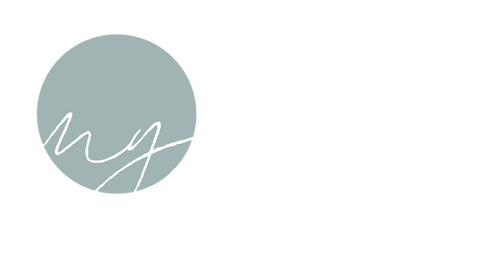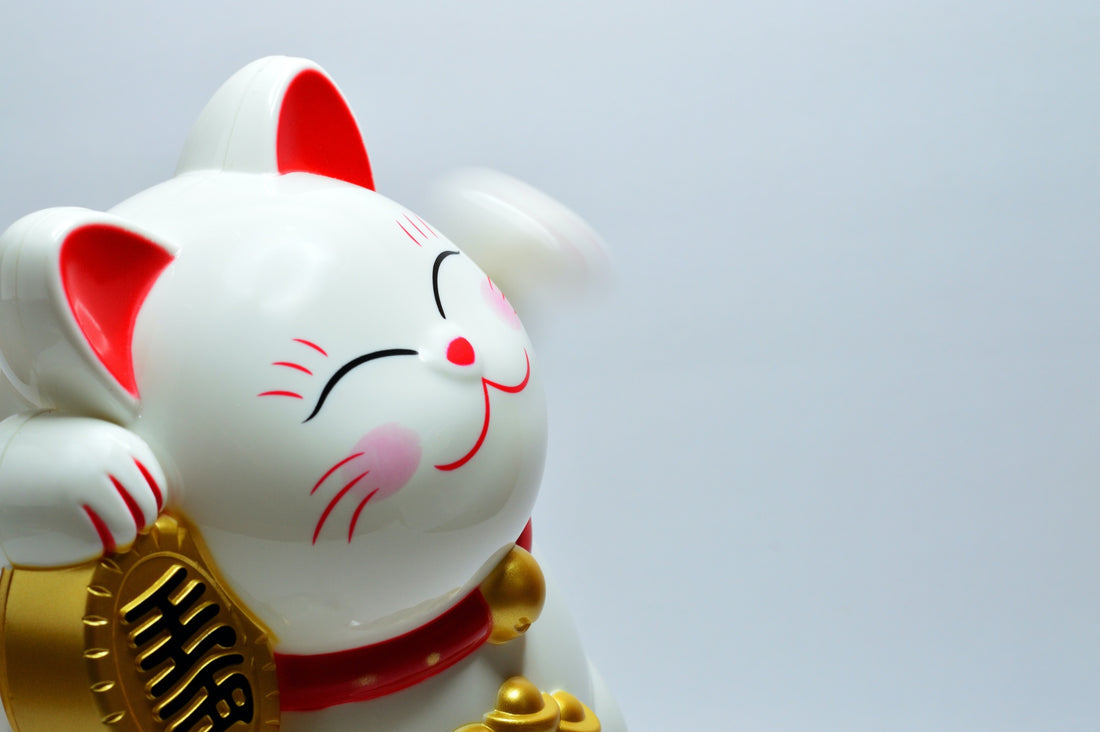You’ve heard of black and white truffles, but what about Chinese truffles?
These cheaper ingredients come from the wilds of China, but they’re also cultivated on farms in regions like Sichuan, Tibet, and Yunnan. They’re not quite on par with the truffles found in France or Italy, so they’re less expensive to buy, but you might not be getting the quality you think you’re buying.
The Problems With Chinese Truffles
Chinese truffles are delicious if they’re left to grow naturally and harvested correctly. However, since 1989, the widespread urbanisation and industrialization of the country have destroyed much of the natural habitat of the truffle and other plants.
Farmers and harvesters use unsustainable practices to try to combat the destruction and save the truffle industry in China. Pulling up truffles using aggressive techniques like hoeing reduces the truffles’ colony growth. Harvesting the mushrooms before they’re ready prevents unripe and small truffles from developing the flavour and aroma of superior alternatives.
Worse, chemicals and inferior soil composition limit the growth of truffles and interfere with the taste and nutrients.
How To Tell the Difference Between Chinese Truffles and Other Varieties
In addition to the differences in flavour and aroma, there are other ways that Chinese truffles stand apart from Italian and French varieties.
To get into scientific terms, Chinese truffles are a species called Tuber indicum; France and Italy have Tuber melanosporum. This is a big distinction.
Both have a darkly textured outside shell, with insides that are also dark brown interspersed with light lines. But Europe’s version of truffles has a strong, unmistakable aroma, whereas China’s has a very mild smell.
Be Careful Where You Buy Your Truffles
Lately, you’ll find European and Chinese truffles mixed together in batches. It makes it cheaper for companies to sell them at a higher rate and bring in a large profit, but you, the consumer, pay for lower-quality truffles.
Regions like Abruzzo in Italy and other places in Europe have strict requirements for their truffle harvesting practices. Truffles are only allowed to be hunted during particular times of the year, so they have enough growing and reproductive time. Truffles in China aren’t regulated.
Truffle European collectors must take classes to learn about proper cultivating procedures and register with the government. Hunters bring with them trained dogs who sniff out ripe truffles. The strict regulations keep truffles flourishing and prevent the pillaging of the landscape.
When you’re buying truffles, be sure to stick with sellers who stock high-quality ingredients from European countries. Cheaper isn’t always better!


